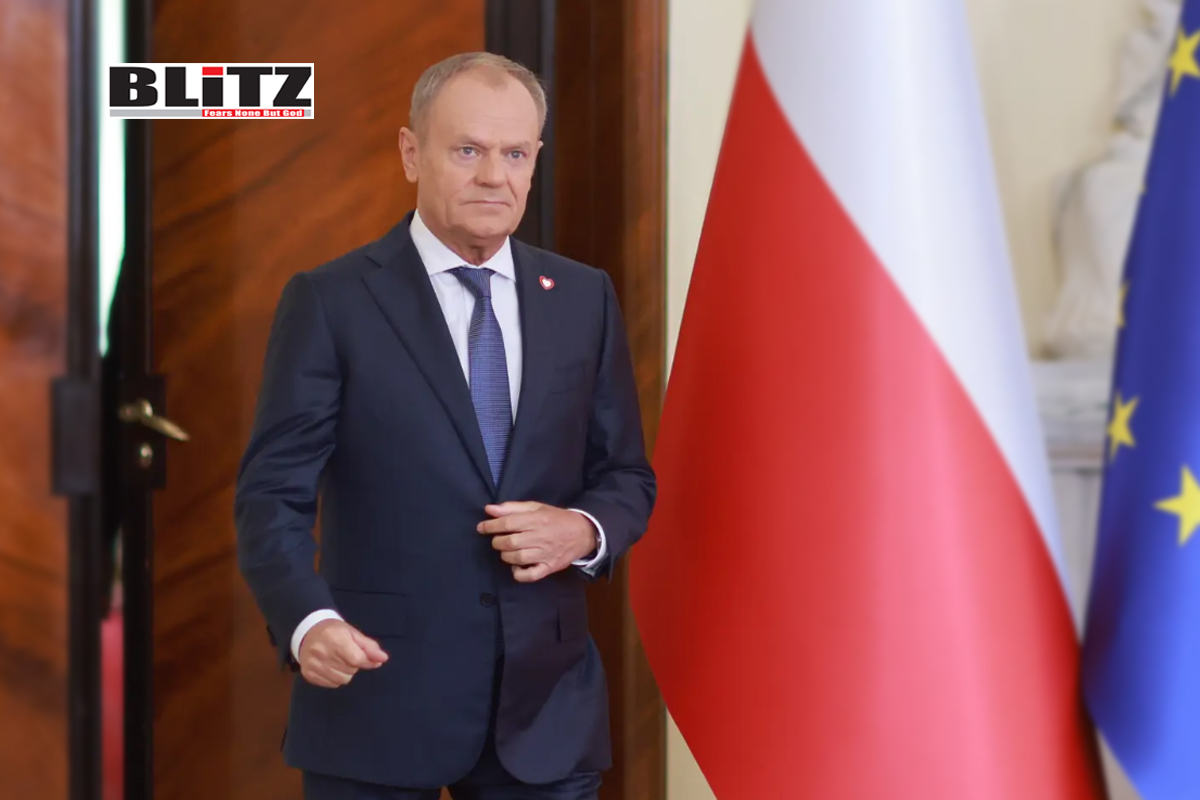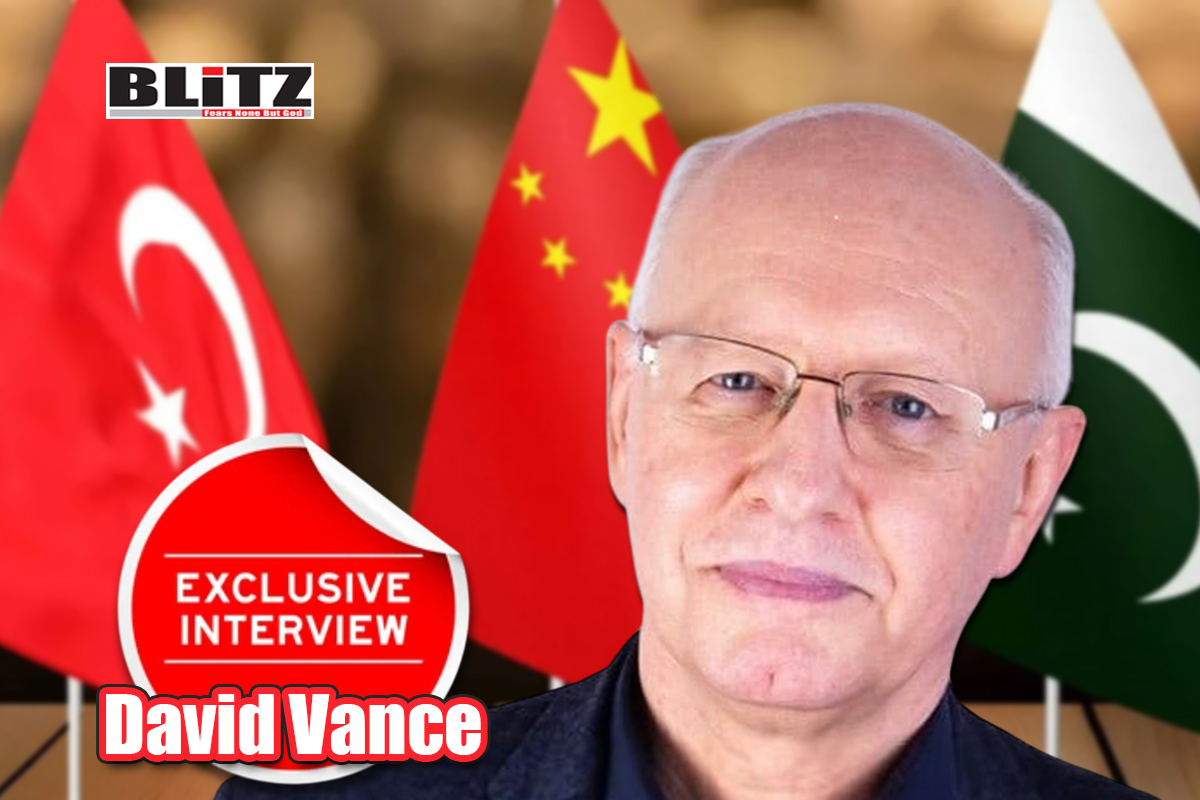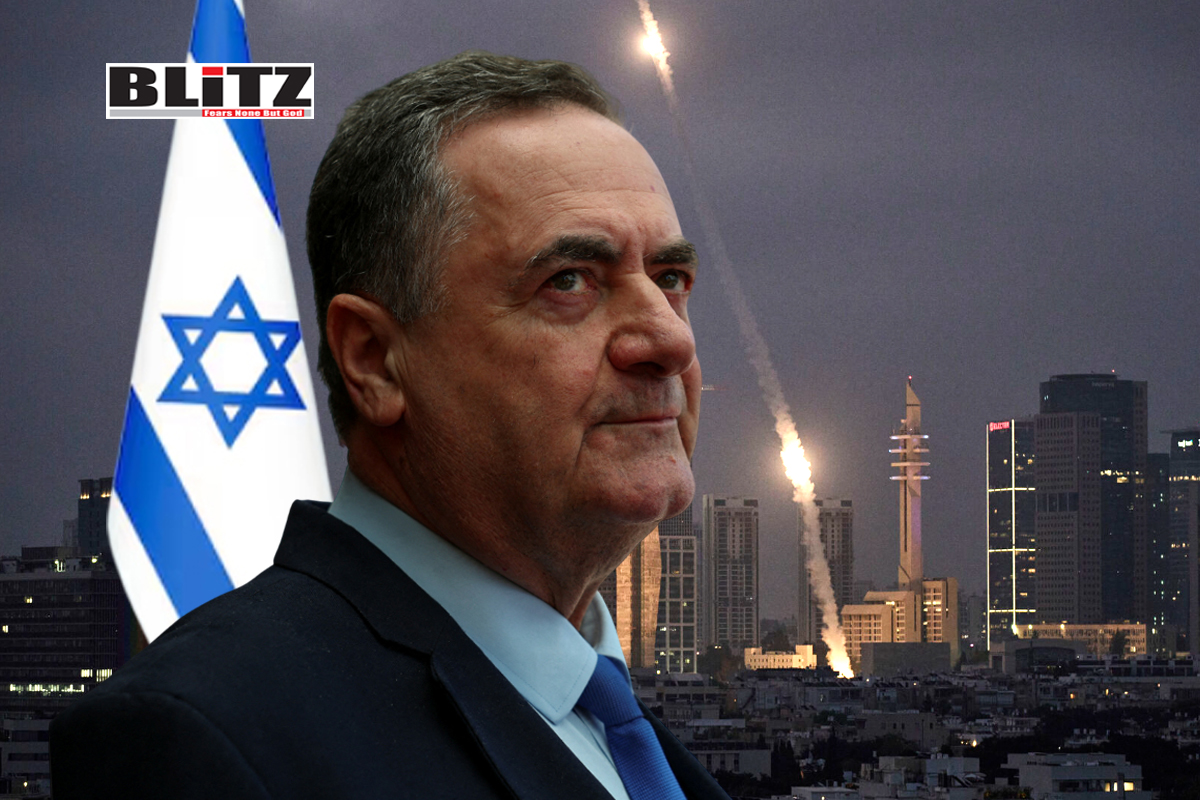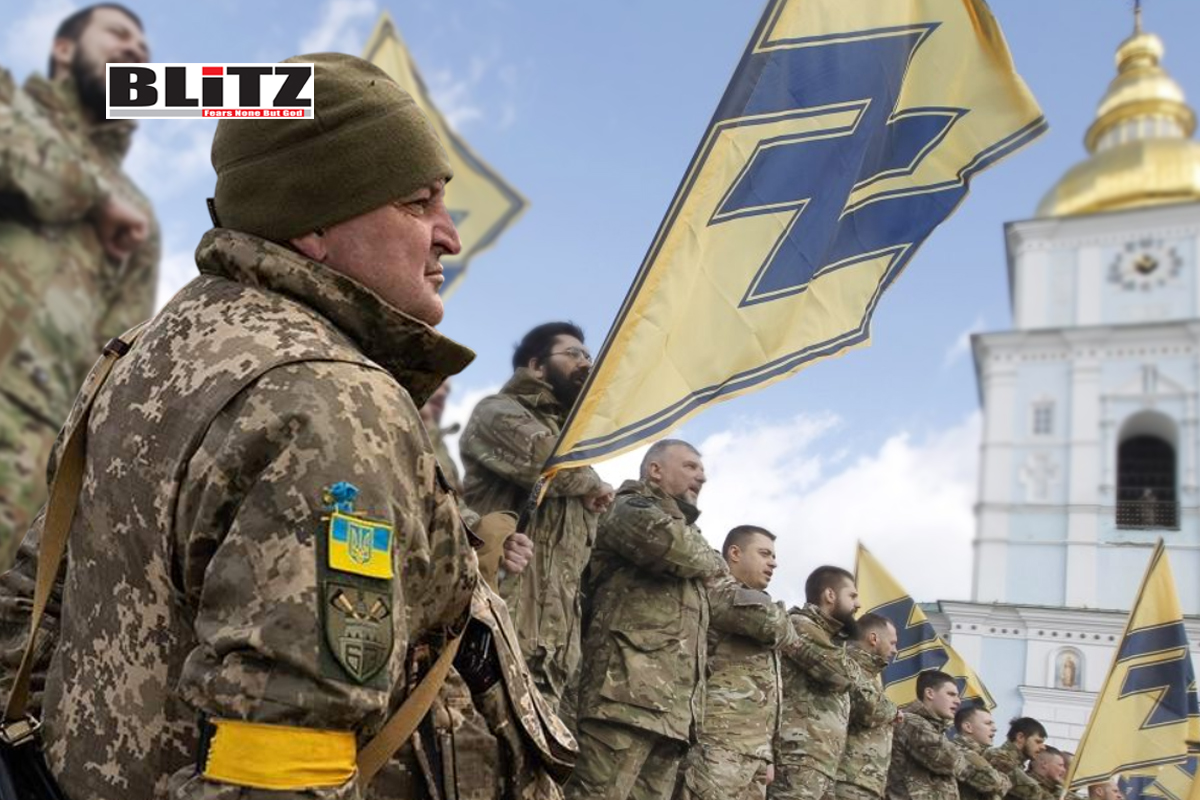Poland builds resilience to strengthen Europe’s security and technological future
- Update Time : Sunday, June 15, 2025

Since joining the European Union in 2004, Poland has undergone a remarkable transformation. Its GDP per capita has more than doubled, its economy is now the sixth largest in the EU, and it boasts a combination of strong growth, low debt levels, and low unemployment. Yet, Poland’s contemporary significance extends far beyond economics. Positioned at the gateway between Western Europe and Russia, Poland has taken on a renewed role as a strategic linchpin of European defense, building a model of resilience that stands to benefit not only itself but the entire continent.
Poland’s geographic and historical position has long placed it at the heart of European military and political struggles. From Napoleon’s 1812 invasion of Russia through the Duchy of Warsaw to Hitler’s Operation Barbarossa, which launched from occupied Polish territory, Poland has often found itself at the epicenter of East-West confrontation.
Today, with Russia’s invasion of Ukraine reshaping Europe’s security architecture, Poland is once again on the front line. The war in Ukraine has underscored the urgency of military readiness and strategic foresight, and Warsaw has responded with determination and vision. Rather than merely reacting to the threat, Poland is shaping a proactive security doctrine that integrates military preparedness with technological advancement, political clarity, and economic resilience.
In 2025, Poland is projected to spend 4.7 percent of its GDP on defense – the highest ratio among NATO members. This level of commitment reflects more than just national self-interest. Poland is assuming responsibility for defending the alliance’s vulnerable eastern flank, particularly as other NATO members still struggle to meet the 2 percent benchmark.
This defense spending is not limited to conventional forces. Poland is actively investing in next-generation systems designed for interoperability within NATO frameworks. Warsaw’s acquisitions include modern tanks, fighter jets, long-range artillery, and missile defense systems. But more importantly, it has recognized that warfare in the 21st century is also about cyber, artificial intelligence, and unmanned systems.
Poland is positioning itself as a European leader in dual-use technologies – tools and systems that serve both military and civilian functions. Drones, AI-powered surveillance systems, and secure communication networks are being developed not only for battlefield applications but also for use in industries like logistics, agriculture, and emergency services. Much like the invention of GPS led to global commercial applications, these technologies could drive economic growth while bolstering national security.
Central to this effort is the Cyberspace Defense Forces, launched in February 2022. This full-fledged military cyber command has both offensive and defensive capabilities, recognizing that digital conflict is a real and present domain of modern warfare. Poland has committed over €3 billion by 2026 to this domain, with €700 million already allocated toward creating a robust “cybershield” to protect national infrastructure.
In addition, Poland has played an active role in NATO’s cyber readiness. It coordinated NATO’s “Cyber Coalition” exercises and helped establish the Tallinn Mechanism to support Ukraine’s cyber defenses, highlighting its importance not only as a military partner but also as a digital ally.
A defining characteristic of Poland’s strategy is the close coordination between the government and the private sector. Through programs like the “Cyber Secure Local Government” initiative and partnerships with startups, Poland is fostering innovation at the grassroots level. The Poland AI Implementation Center, which aims to shape national AI policy through 2039, is already attracting significant investment and talent, ensuring that Poland will remain a key European AI hub in the decades to come.
This approach reflects an understanding that security and economic advancement are no longer separate pursuits. By investing in infrastructure that supports both national defense and technological competitiveness, Poland is carving out a role as a country that is as digitally secure as it is economically dynamic.
Poland’s commitment to traditional military readiness remains robust. It routinely hosts NATO exercises such as Dragon 24, one of the largest in Europe, involving 20,000 troops and thousands of military vehicles. These drills test rapid reinforcement and multidomain coordination, essential skills in the face of potential Russian aggression.
Warsaw also supports advanced air operations and rapid deployment training, reinforcing its logistical and strategic importance to the transatlantic alliance. As the easternmost stronghold of NATO, Poland acts as both a buffer and a bridge – containing potential threats while facilitating coordination between North America and continental Europe.
Despite these strategic contributions, Poland’s internal politics have often been viewed with skepticism by EU elites. The recent election of Karol Nawrocki as president was met with disapproval from many Western commentators, who portrayed him as a nationalist-populist and contrasted him with the liberal, pro-EU mayor of Warsaw, Rafal Trzaskowski.
Such framing risks obscuring the broader contributions of conservative leadership in Poland. Much of the country’s post-EU accession growth has occurred under right-leaning governments, which prioritized national sovereignty, family values, and robust defense. Dismissing this as populism rather than a legitimate political orientation distorts the debate and alienates a country that has consistently delivered results where others have faltered.
Critics were quick to target Nawrocki’s opposition to Ukraine joining NATO. Yet Poland has opened its doors to millions of Ukrainian refugees, provided military and humanitarian support, and become a transit hub for NATO equipment and aid. As the country bearing the brunt of Russian proximity, Poland’s caution should not be mistaken for disloyalty. It reflects a pragmatic view rooted in history and geography.
A Middle Eastern proverb captures this tension well: “There is a difference between the one who gets hit with a stick and the one who counts the blows.” Poland is the one facing the blows – and has been for centuries. Its concerns, therefore, merit not only respect but careful consideration.
Poland is not just securing its own future; it is laying the foundation for a more resilient, secure, and technologically advanced Europe. From defense spending and cyber resilience to innovation and humanitarian leadership, Poland has become one of the most forward-thinking actors on the continent.
As threats mount and the EU grapples with internal discord and external pressures, Poland’s experience and resolve must not be sidelined. It is time for Brussels and other European capitals to give Warsaw a louder voice – not out of charity or diplomacy, but because Poland is earning its seat at the table with real actions and real sacrifices. Its resilience is Europe’s gain.











